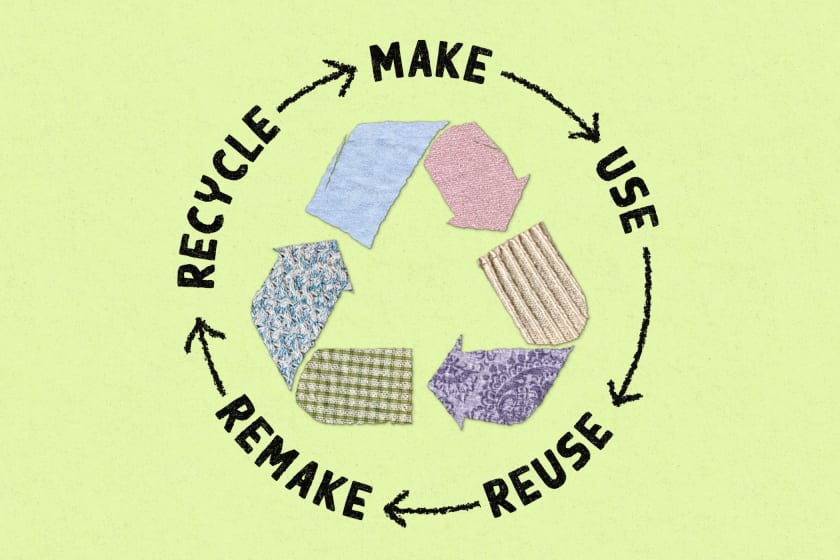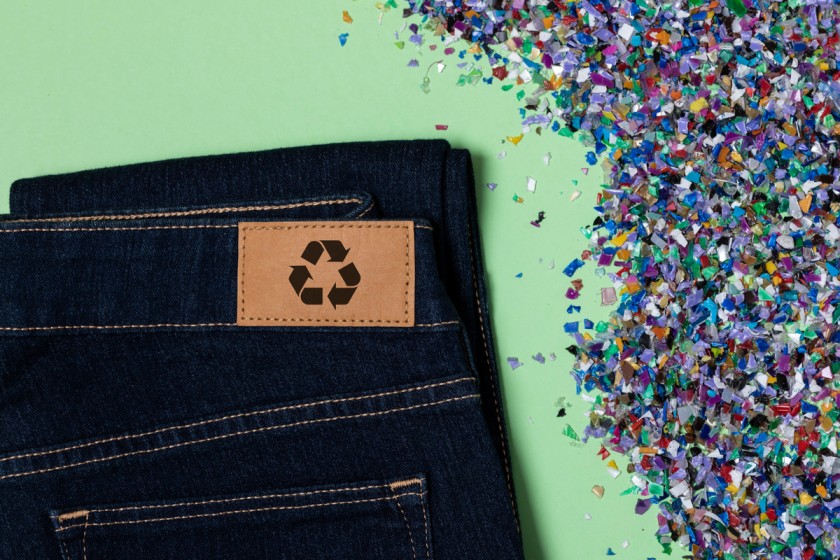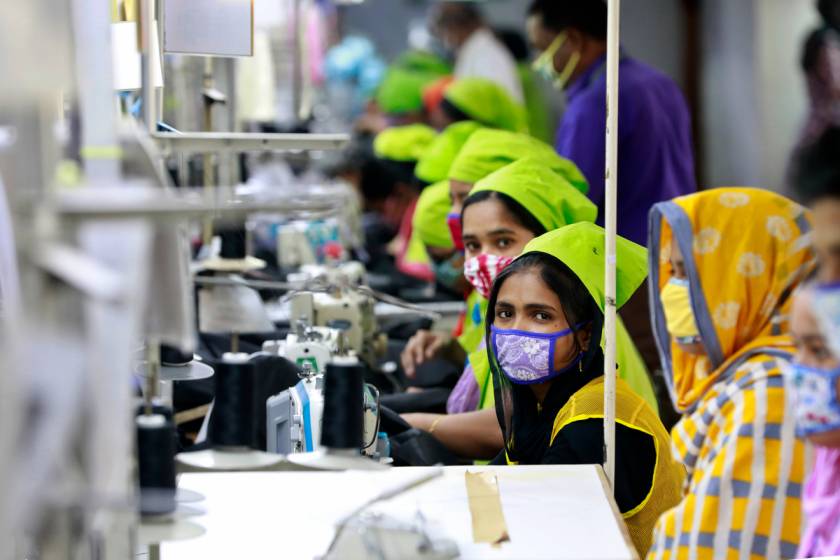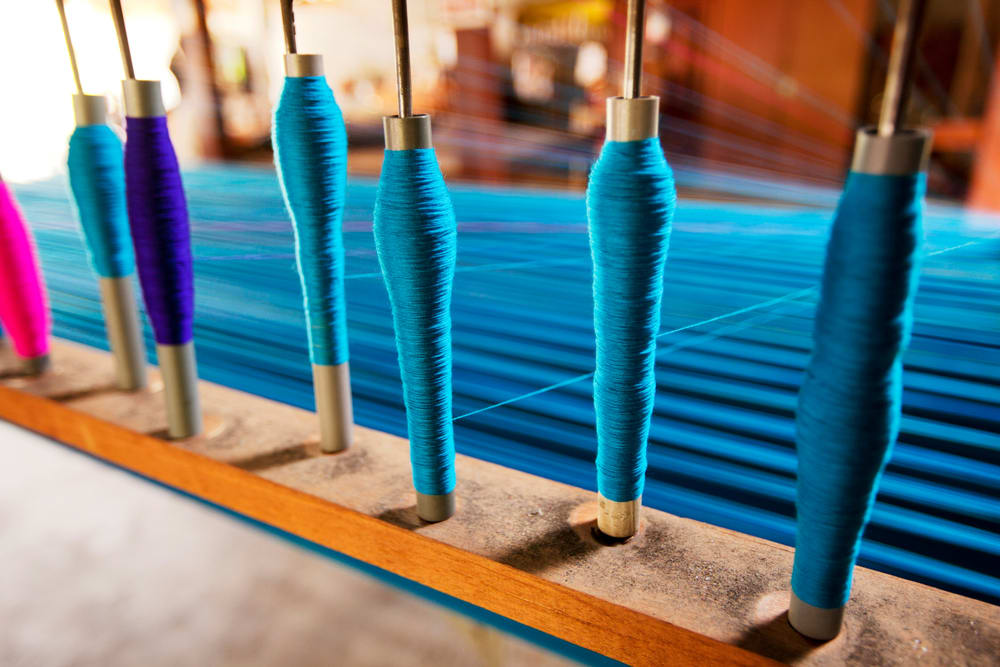5 Reasons Brands Need to Use Circular Processes in Manufacturing



What is circular fashion?
What is the first thing that comes to mind when one thinks of the term “fashion”? Latest designs, stylish ensembles, and trendiest accessories—everything that is “latest” and “in vogue” now. But do we at any point stop to consider what happens when something else comes along and current trends “go out of fashion”? All the products produced during the current season, sold or unsold, eventually end up in the trash as everyone gets busy with the next season.
This is the linear economy or linear fashion. The manufacturers make finished garments and accessories utilizing precious natural resources in the process. These are sold and then eventually get discarded. Even unsold products end up in the same place—the landfills. The economy of mass production and mass consumption has led the world to a very dangerous situation. It is said that nearly 400 to 10,000 liters of water are used up to manufacture one pair of jeans. This large-scale utilization of resources and increasingly blocked landfills are propelling both the manufacturers and the suppliers to look for alternatives.
Circular fashion is the industry’s response to the imminent threat caused by a linear economy. In this process, the emphasis is to “Reduce, Reuse, and Recycle”—reduce the use of raw materials, reuse finished products for different purposes, and once the product cannot be reused further, recycle them instead of throwing them away as waste.
Fast fashion vs. circular fashion

The constant exercise to develop newer collections and bring them to market is termed “fast fashion”. While the aspirational value associated with items brought to the market by fast fashion companies is a big driving factor for the fashion industry, the adverse impacts cannot be overlooked. Even the customers are becoming increasingly aware of the consequences of fast fashion and searching for alternatives.
Circular fashion can help play a major role in combating the bad reputation of the fashion industry due to its current practices. Issues like bad working conditions, over-utilization of natural resources, increased wastage, and higher carbon emissions can all be addressed by adopting circular processes in manufacturing. The idea of maximizing the use of resources by following the “Reduce, Reuse, and Recycle” principle is what makes circular fashion a much better and preferred alternative.
Circular fashion overcomes many challenges associated with fast fashion and paves the way for the sustainable growth of the industry. With considerable importance given to reuse resources as much as possible, leaders in the fashion industry are making a conscious effort towards creating a positive outlook towards the industry.
Why go for circular fashion?

Circular process in manufacturing is the most recent trend across all industries; the fashion industry being no exception. Circular fashion, as a term and philosophy, has been gaining traction for some time now. However, it isn’t just a fad that can be bypassed by waiting and watching. It is a serious adjustment to the established way of working in the fashion industry and is here to stay.
Many observers and industry leaders are making a sincere effort towards adopting this new way of working. As with any industry, new entrants are better suited to adopt circular fashion practices compared to the established players. Here are a few reasons why you should go for circular fashion, whether you are a beginner or an already established brand.
1. Environment friendly
The biggest reason to choose circular fashion methods is their positive impact on the environment. The entire fashion industry is considered one of the biggest contributors to environmental degradation. Whether it is the overuse of limited natural resources in the manufacturing process, polluting water bodies with harmful chemicals, or creating a lot of toxic chemical by-products during the production phase, the fashion industry must take the blame. Adopting circular processes in manufacturing can help get rid of all these issues, making the final outcome environment-friendly. In a world where we are already witnessing the disastrous outcomes of imbalance in ecology, this is a welcome change. The shift to circular fashion is not just a step in the right direction but also a desperate call.
2. Minimizes raw material dependency
Anyone involved with the fashion industry can vouch for the challenges faced because of the dependency on the availability of raw materials. Finding correct raw materials at the correct stage of the manufacturing process plays a huge role in the overall production cycle. With the shift towards circular fashion, the emphasis is on utilizing local resources rather than bringing them from far away. This drastically cuts the wait time as well as dependency on external factors for raw material—a win-win situation for both the brands and the local suppliers.
3. Longer lasting apparel
Another major concern with fast fashion is the low quality of products. Garments are produced at a fast pace as the emphasis is on reaching the market quickly. In such a scenario, the quality often becomes secondary. Also, if the quality is better, the customers may not want to replace their wardrobe quickly, which is not favorable for fast fashion companies. On the contrary, in a circular fashion process, the emphasis is on producing higher quality products that last for a longer duration, thus, reducing wastage and the need to replace them quickly. Also, once a consumer uses these products, they can be sold again at second-hand stores due to their longevity and good quality, giving them a new owner and a new lease of life.
4. Reduces carbon footprint
Climate change is a reality that cannot be denied or ignored. A major cause of these drastic climatic changes is attributed to the large amounts of carbon emissions from different manufacturing processes. The fashion industry is reported to be one of the largest carbon emitters. This is another reason why all fashion brands must look towards moving to circular processes. Reusing and recycling raw materials can drastically cut down on the overall carbon footprint of the industry. While this has a positive impact on the environment, this is also what consumers are demanding. Thus, moving to circular fashion can help not just with addressing the pressing concern of climate change and other natural disasters but also with getting preferential treatment from consumers. Both being desirable results for new and established brands, circular fashion is the way to go.
5. Enhances economic activities
The fashion industry is estimated to employ approximately 23 million people globally. While it is a major employment generator, the use of chemicals and the stress of producing more and more output can impact the health conditions of the workforce. Circular fashion, on the other hand, addresses both these concerns. First, it emphasizes the use of natural materials to cause minimum impact on the environment. Next, it also advocates better working conditions for the workforce, enabled by the slow nature of fashion. This can potentially improve the availability of the workforce. Another factor in circular fashion is the emphasis on using local resources. Thus, there is a corresponding increase in opportunities for local workforce employability and other economic activities.
Finding the right partners
As evident from the above factors, circular fashion is good for brands, the environment, the workforce, and the industry. Thus, shifting from traditional processes towards circular processes in manufacturing appears to be the logical choice for brands. Many popular brands are making the shift and have publicly committed to continue making changes. No brand in the fashion industry can refuse the inevitable shift of the entire industry. Thus, for any new brand looking to enter the industry, starting on the right note and embracing circular fashion from the word go makes sense.
Doing so is easier said than done. This is a journey brands cannot make on their own. They need reliable partners to support their commitment throughout the production cycle. Identifying the right partners and working with them is as critical as committing to the cause. A great place to find such reliable partners to support you on your journey towards circular fashion is Fashinza.An end-to-end B2B platform dedicated to the fashion industry, this is a great place to find a thriving community of brands, manufacturers, and suppliers. Before getting into a business partnership, you can interact with the industry players and understand their strengths and commitment towards your goals. The partnership built on mutual trust and understanding can go a long way in developing a sustainable business model for your business. Head over to Fashinza now to find out what others in the industry are doing and find the right partners for you. As an additional bonus, you can find an in-depth analysis of current industry trends and the best way forward for your brand.



















